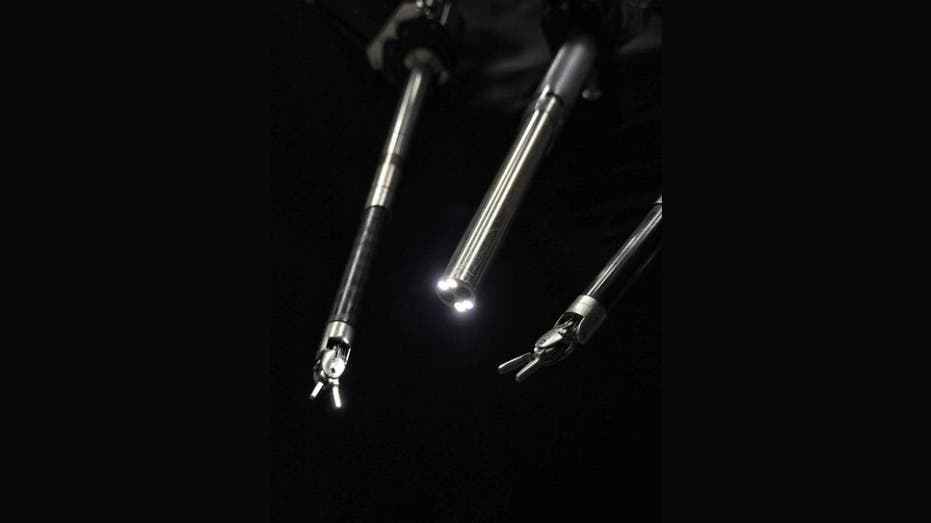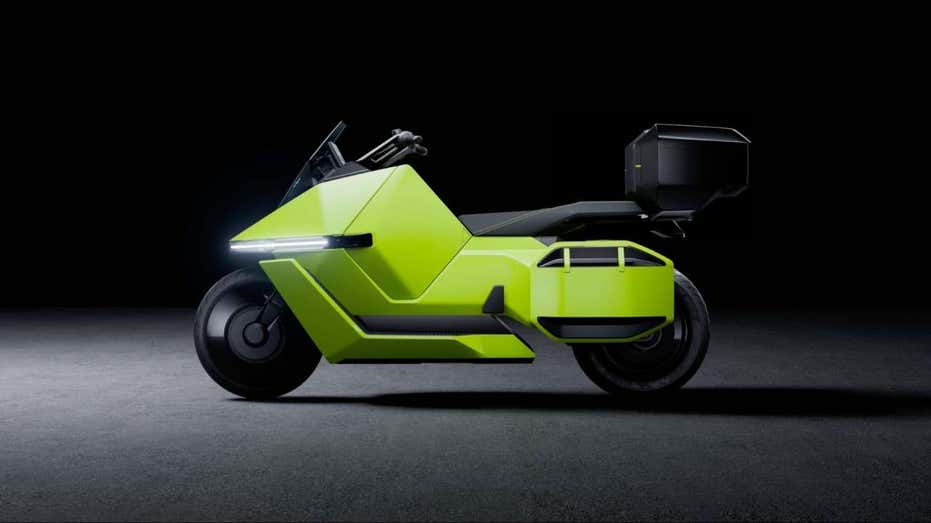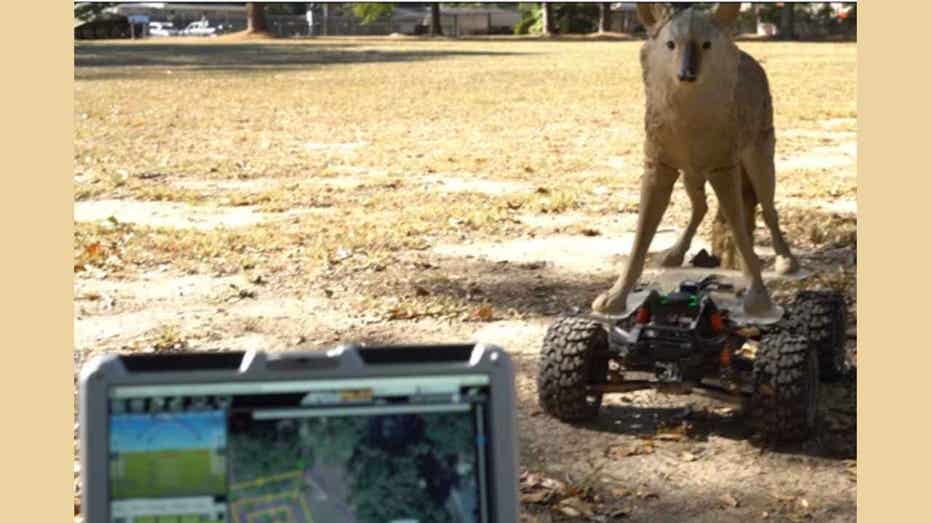📰 AI robot performs gallbladder surgery autonomously

A new autonomous surgical robot, the Surgical Robot Transformer-Hierarchy (SRT-H), has been trained using surgery videos to perform complex operations independently. This robot completed a key phase of gallbladder removal with real-time adaptation to challenges. Unlike traditional surgical robots, SRT-H can respond to voice commands from the surgical team, enhancing its learning and self-correction abilities. During trials, SRT-H demonstrated 100% accuracy in gallbladder surgery, matching skilled human surgeons in handling unexpected scenarios. The success of SRT-H opens the door to fully autonomous surgeries, potentially improving outcomes and expanding access to high-quality surgical care worldwide.
📰 Would you feel safe sharing the road with this self-driving scooter?

The Omoway Omo X is a self-driving scooter developed by former Xpeng engineers, offering advanced features like self-parking, AI-powered safety systems, and a modular design. The scooter uses the Halo Pilot system to handle tasks such as parking, reversing, and balancing at low speeds, enhancing convenience for riders. Safety is a top priority, with the Omo X equipped with technology to detect obstacles, monitor blind spots, and apply emergency braking to prevent accidents. The scooter’s futuristic design includes a modular frame for different riding styles, a large dashboard screen for controlling smart features, and wireless charging for devices. Priced at around $3,800, the Omo X is set to debut in Asian markets in early 2026, targeting urban riders who value convenience and innovation in mobility solutions.
📰 Swallow this pill to learn about your gut and health

Researchers at the California Institute of Technology have developed a wireless smart capsule called PillTrek for monitoring gut health in real-time, eliminating the need for invasive procedures. PillTrek is a small capsule with advanced sensors that can detect various biomarkers like electrolytes, metabolites, glucose, and hormones as it moves through the digestive system. This technology provides continuous monitoring of gut health, offering insights into conditions such as metabolic syndrome, inflammation, and hormonal imbalances. The capsule’s design allows for easy customization of sensors based on specific biomarkers needed for monitoring. Caltech’s team continues to improve PillTrek, aiming to make it smaller, more energy-efficient, and suitable for widespread clinical use in diagnosing and managing chronic gastrointestinal conditions. Regulatory approval and thorough clinical testing will be crucial in ensuring the safety and effectiveness of PillTrek for broader use in personalized medicine.
📰 Got a suspicious bank text? Here’s how to tell if it’s a scam

The article warns about a phishing scam targeting Chase customers, where scammers send fake alerts to trick people into giving up their account information. Bill from Idaho shared his experience of almost falling for a convincing scam text that appeared to be from Chase, but he didn’t click the link and confirmed with the bank that it was a scam. The article advises to be cautious of messages that create urgency and to never click on suspicious links in unsolicited texts or emails. It also recommends using antivirus software, enabling spam filters, and practicing two-factor authentication to enhance security. The importance of educating others, like parents and grandparents, about digital threats and sharing safety tips is emphasized to prevent falling victim to scams. Lastly, the article questions whether banks and the government should do more to prevent scam texts and protect consumers from phishing attacks.
📰 US Army tests robot coyotes to prevent catastrophic bird strikes

The U.S. Army Engineer Research and Development Center (ERDC) has developed robot coyotes to address wildlife control issues on airfields. Traditional methods like drones and dogs have been ineffective as wildlife quickly adapts. The robot coyotes, equipped with plastic coyote dummies, have shown promise in deterring birds and other animals from runways. The ERDC aims to enhance the robot coyotes with features like artificial intelligence, cameras, and sensors for autonomous operation and improved effectiveness. This innovative solution combines technology and biology to make airfields safer, potentially revolutionizing wildlife hazard management in airports worldwide.
0개의 댓글